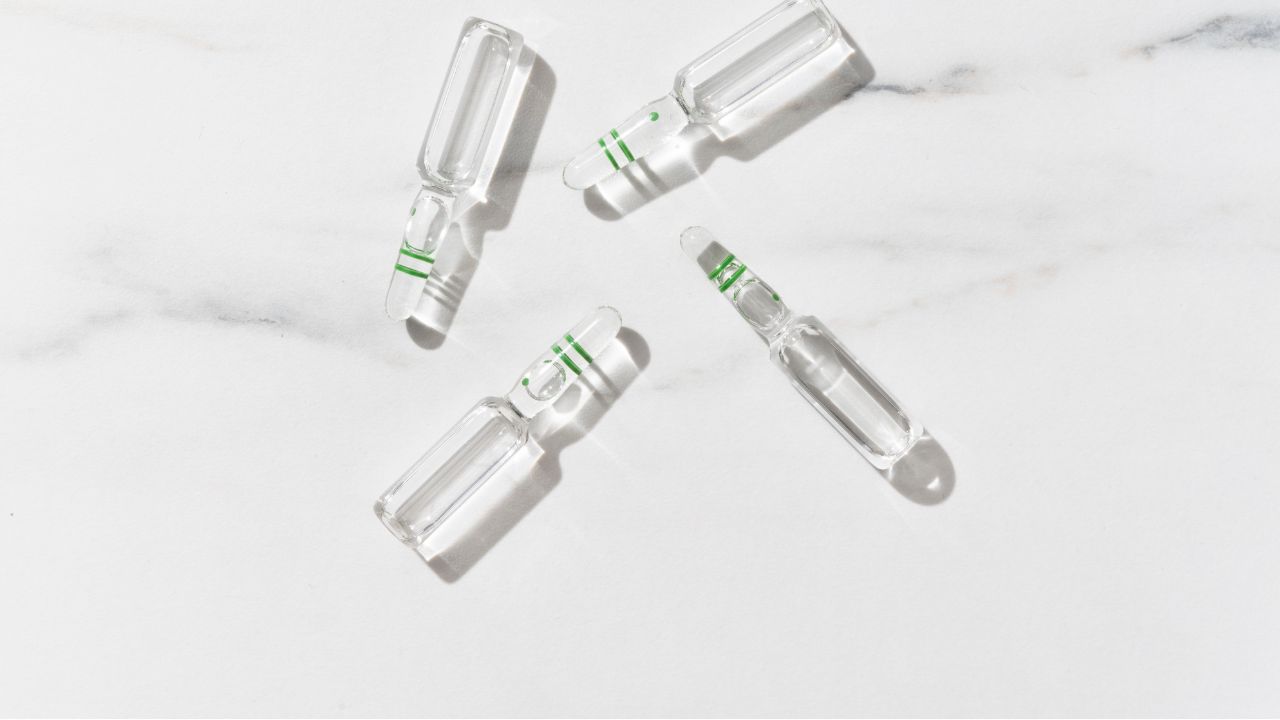The ampoule, a sealed glass container used primarily in the pharmaceutical and cosmetic industries, has a rich history marked by innovation and adaptation. This essay explores the origins, development, and transformation of ampoules over the centuries, highlighting their critical role in modern medicine and health care.
Origins and Early Uses
The concept of the ampoule can be traced back to the ancient Egyptians and Romans, who used glass vials and containers to store precious substances. These early ampoules were primarily used to store sacred oils, perfumes, and medicines. The use of glass offered an advantage due to its inert nature, preventing reactions with the contents and providing a barrier against air and contaminants.
Innovation in glassmaking
During the Middle Ages, the technology of glassmaking advanced significantly in Europe, particularly in Italy. The Venetians, known for their skilled craftsmanship, developed superior methods of glassblowing, which led to the production of more refined and delicate ampoules. These improvements allowed for the more widespread use of ampoules in medicine, as they could be easily sealed to maintain sterility.
The Rise of Sterile Packaging
The pivotal moment for ampoules came in the 19th century with the advent of germ theory and the recognition of the need for sterile medical procedures. Louis Pasteur’s work in microbiology underscored the importance of maintaining the sterility of vaccinations and other injectable solutions. This led to the standardization of ampoules as a preferred method for the sterile packaging of injectable drugs. By sealing the medication in glass ampoules immediately after production, manufacturers could ensure the products remained free from microbial contamination until they were opened.
Technological Advancements
The 20th century saw significant technological advancements in ampoule manufacturing. Automated production lines introduced in the early 1900s enabled the mass production of ampoules, making them more accessible and affordable. Innovations such as the development of break systems made ampoules safer and easier to open, enhancing their practicality for medical use. Additionally, the introduction of colored glass helped protect light-sensitive contents, further broadening the utility of ampoules.
Ampoules Today
Today, ampoules continue to be a vital part of medical packaging, especially in the fields of vaccines, injectables, and high-purity chemicals. The demand for single-use, sterile containers has never been higher, especially with the global push for vaccination and the need for rapid, safe delivery of medical treatments. The ongoing COVID-19 pandemic has exemplified the critical role of ampoules, as billions of vaccine doses are distributed worldwide in these secure glass containers.
Conclusion
The evolution of ampoules from ancient storage vessels to modern pharmaceutical marvels reflects the dynamic interplay of technology, medicine, and societal needs. As we continue to face global health challenges, the ampoule’s role in delivering safe and effective treatments remains indisputable.
Understanding the definition of ampoule—a small sealed vial used to preserve a sample, usually a solid or liquid—that is protected from air and contaminants highlights its significance in safeguarding human health through history and into the future. This robust container not only ensures the integrity of its contents but also symbolizes the ongoing quest for innovation in medical technology.

